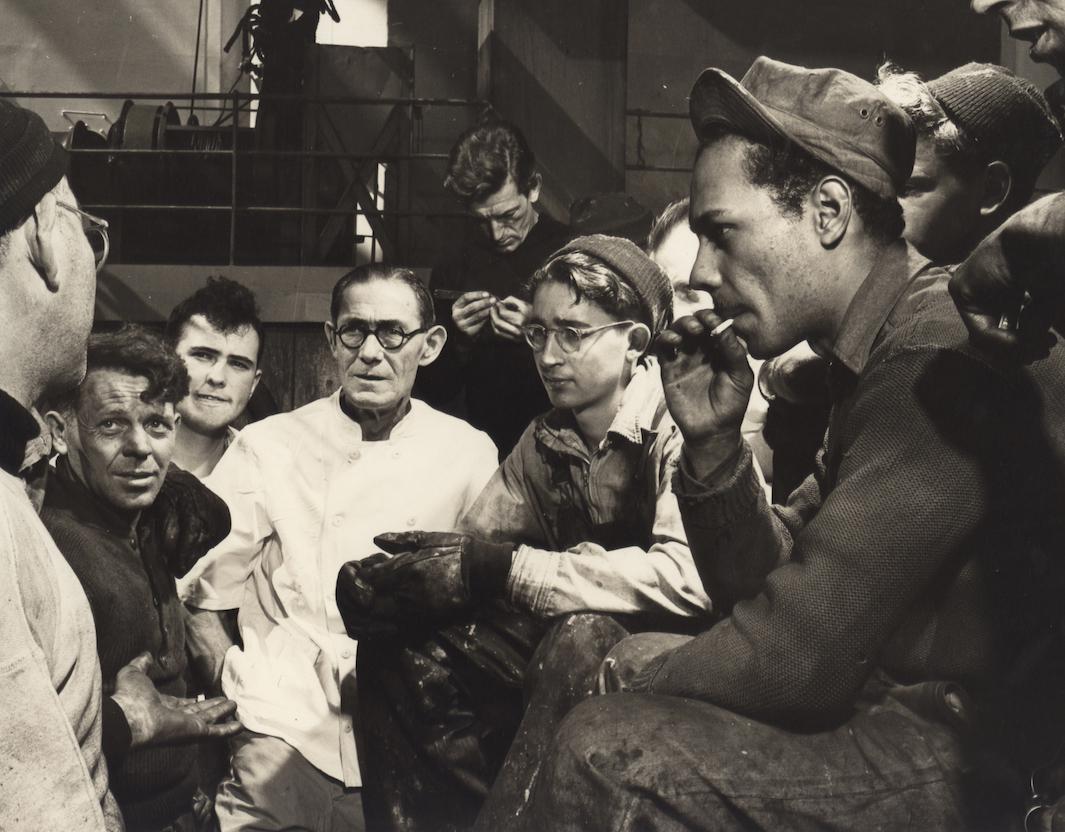During its brief lifetime, there was no mistaking PM New York Daily for any other newspaper.
The tabloid, which existed between 1940 and 1948, didn’t run advertisements. Catering largely to workers and unions, it was an unabashed crusader against economic and racial inequality, fascism, and, as its first issue stated, “people who push other people around.” And it gave more space for photographs than any of its competitors.
Now, more than 75 photographs from the paper’s archives, culled from private collections, are on display at New York’s Steven Kasher Gallery in the exhibit, “PM New York Daily: 1940-48,” which runs through Feb. 20.
“We focus on the staff photographers and we try to show [PM’s] different battles—the battle for unions and workers, the battle for living conditions, the battle for civil rights and equality,” said curator Anais Feyeux.
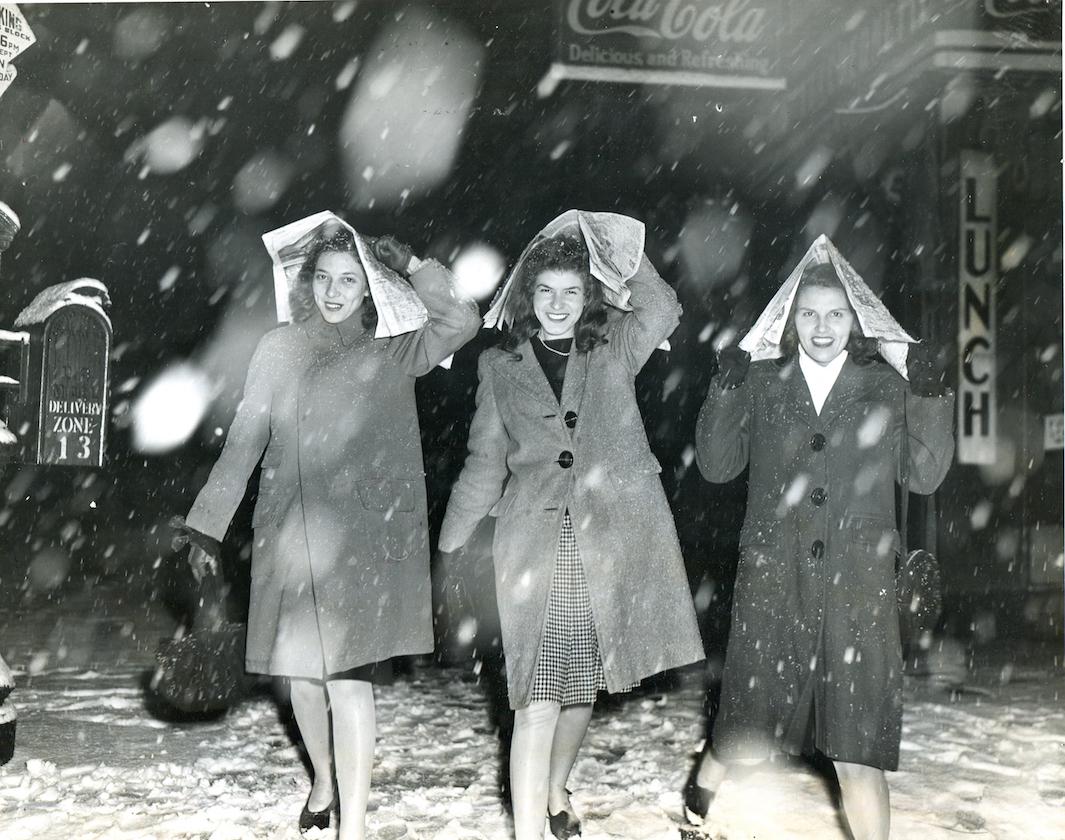
Bernie Aumuller, courtesy Steven Kasher Gallery
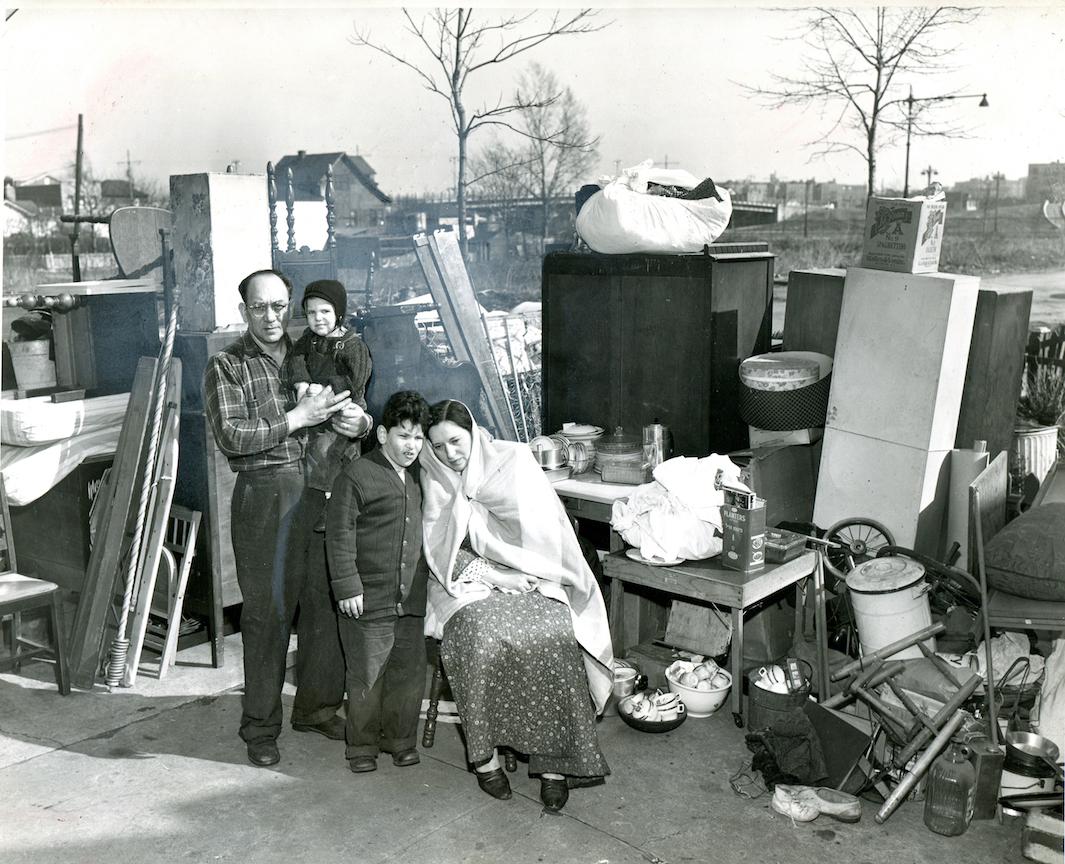
Irving Haberman, courtesy Steven Kasher Gallery
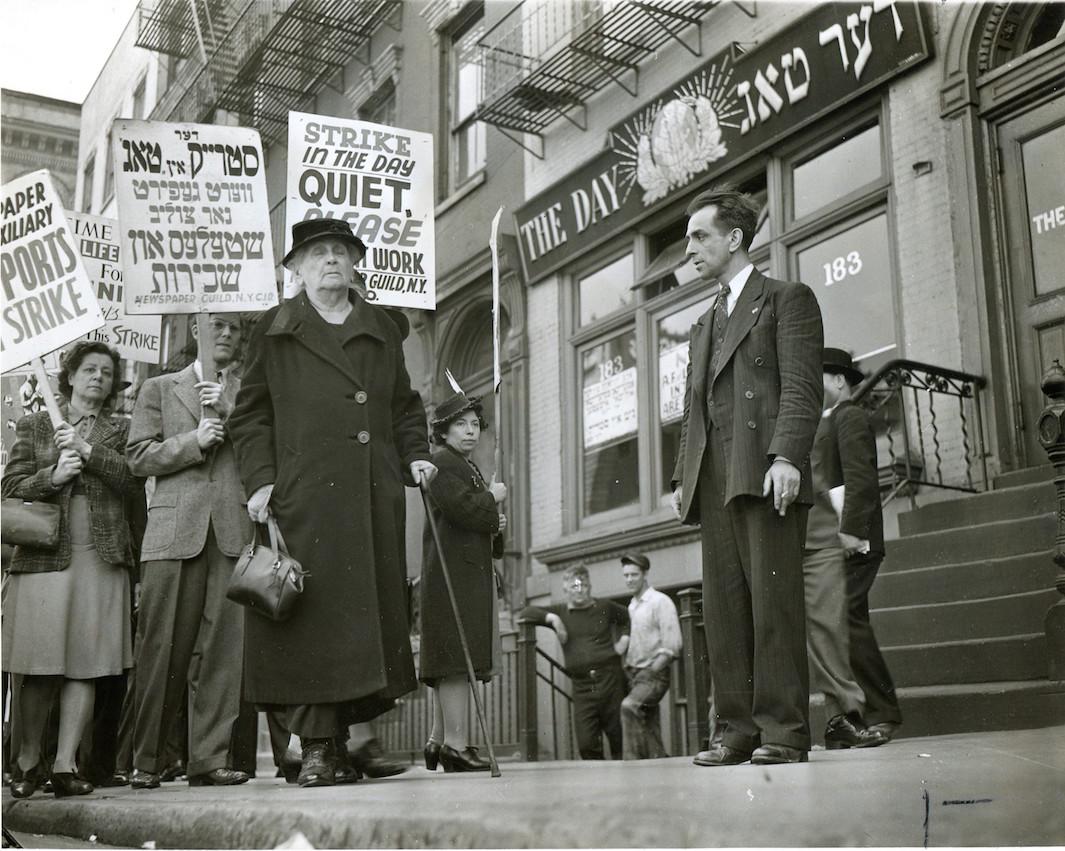
Gene Badger, courtesy Steven Kasher Gallery

Weegee, courtesy Steven Kasher Gallery
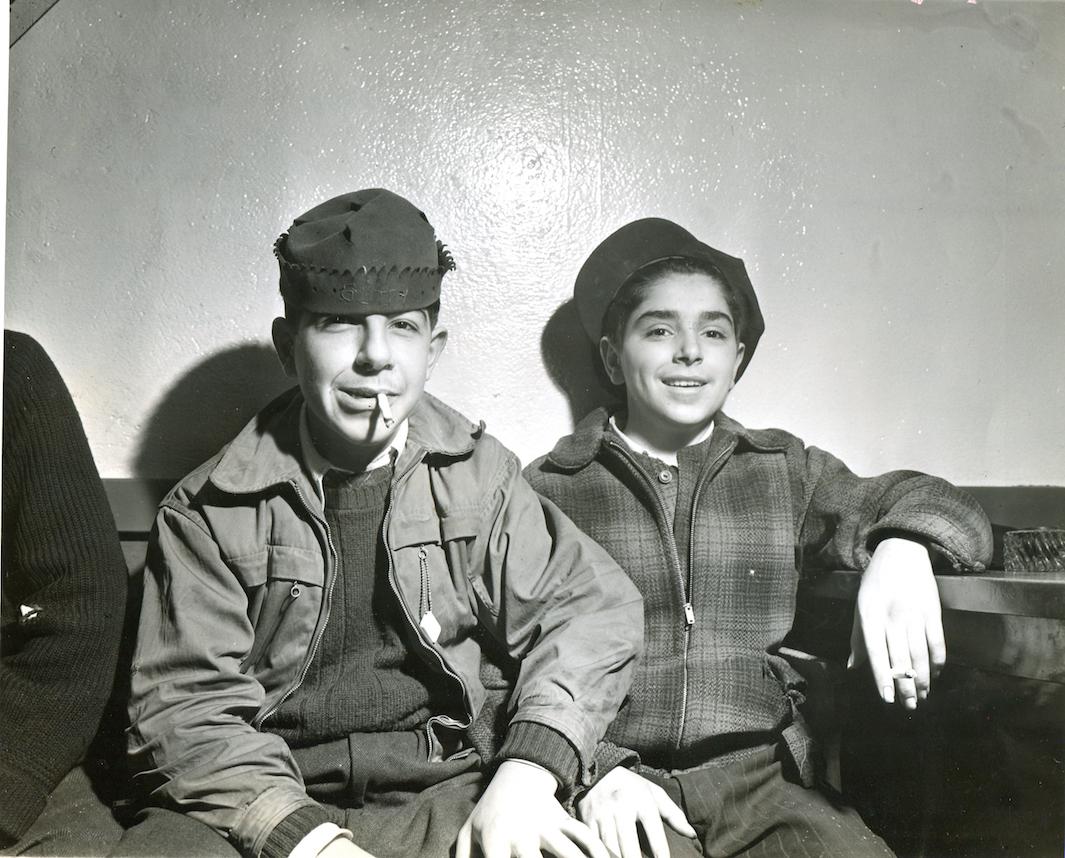
Martin Harris, courtesy Steven Kasher Gallery
PM, which was founded by former managing editor of Time-Life publications Ralph Ingersoll, drew top writers, including Ernest Hemingway and Dorothy Parker, and illustrators, including Theodor Seuss Geisel (Dr. Seuss).* Its photographers were among the best in the city, and they were celebrated in the newspaper’s pages. Unlike most tabloids, PM published full-page photographs on expensive, high-quality paper, and on weekends, it ran a one-of-a-kind photography supplement. The paper’s progressive stance extended to its hiring practices: PM’s Margaret Bourke-White and Mary Morris were the first female photographers ever to serve on staff of a daily American newspaper. Helen Levitt, Morris Engel, Irving Haberman, Lisette Model, and Weegee—whose work Behold has featured several times—also appeared in PM.
In addition to covering PM’s cardinal political topics—rallies, strikes, and the trials facing laborers on the job and at home—the paper’s photographers also captured the vibrancy of New York’s working class. Together, the anger and the joy constitute a portrait of the city that’s, in some ways, timeless.
“They wanted to show the workers’ lives in a good way. They didn’t just want to show that the living and work conditions were bad. They also wanted to show that these workers had an everyday life where they had some fun.”

Unknown, courtesy Steven Kasher Gallery
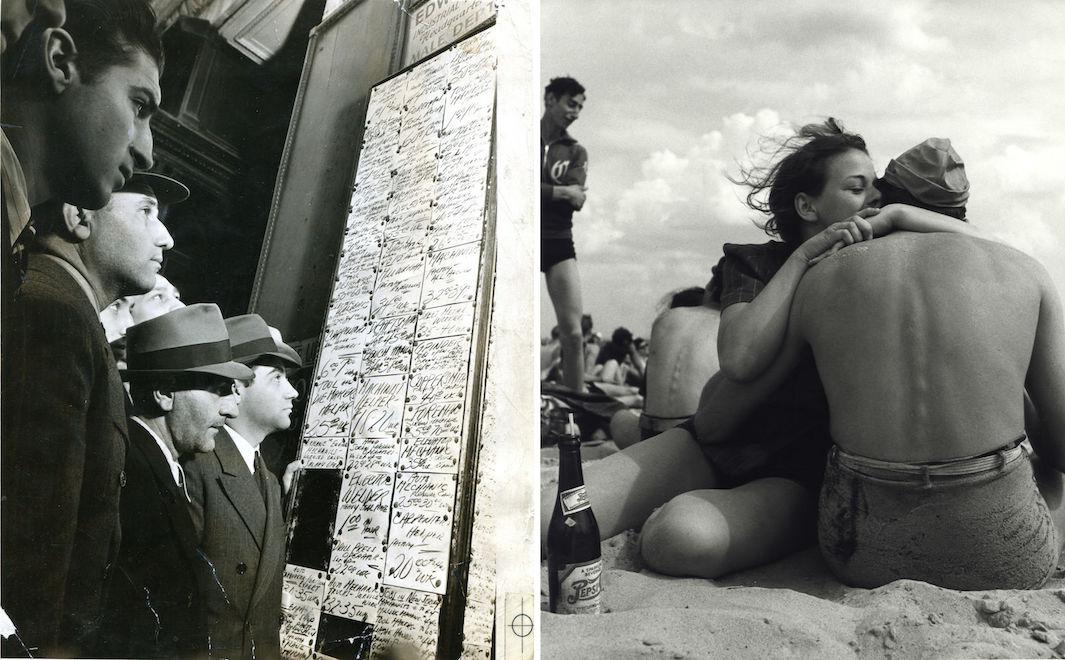
Left: Margaret Bourke-White, courtesy Steven Kasher Gallery. Right: Morris Engel, courtesy Steven Kasher Gallery.
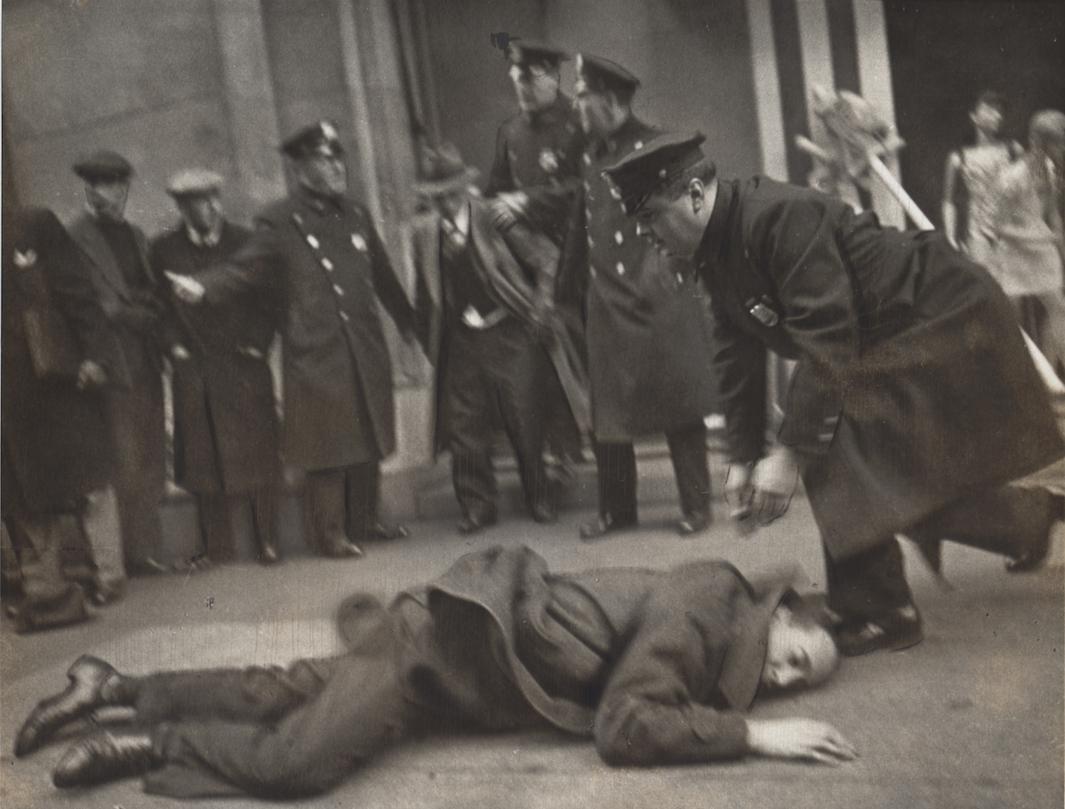
Max Peter Haas, courtesy Steven Kasher Gallery
Correction, Feb. 10, 2016: This post originally misspelled Theodor Seuss Geisel’s first name.
